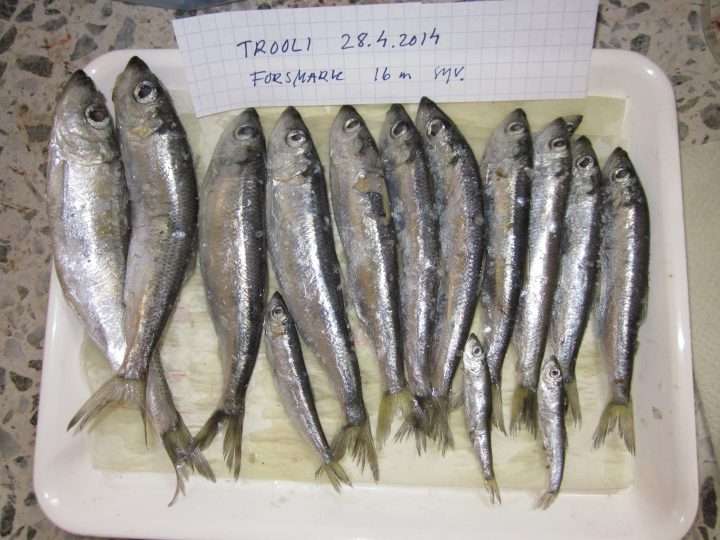40 years of herring research
The Baltic herring research project is long-term project in the University of Turku that has been active since the early 1980s.
The roots of the herring project are in a 40-something-year-old dispute where local fishermen suspected that the increased ship traffic in the Airisto Inlet was having negative impact on local fish stocks. Since this first study, the project has continued and expanded to map out herring spawning areas in the inner archipelago, to study factors influencing the spawning biology of herring, and most recently, to estimate climate-induced effects on herring lipids and hormones using the time-series data, collected and maintained by the project.
Despite several sub-projects, throughout the years, the research has been guided by one central question: How does the herring – a marine fish species – survive in the unique environment of the Baltic Sea where the salinity level is low and fluctuates both temporarily and spatially? Although our knowledge on this matter has increased considerably in the past years, the puzzle is never complete and we continue our quest to understand the changes happening in the Baltic Sea ecosystem.

